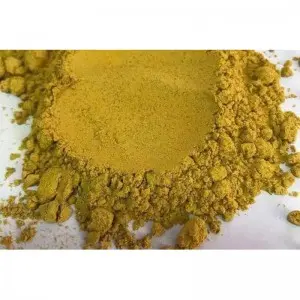ئاۋغۇست . 30, 2024 13:53 Back to list
Best Pollinators for Pear Trees in Orchards
The Best Pollinators for Pear Trees in Orchards
Pollination plays a crucial role in the cultivation of pear trees, directly influencing fruit set, size, and overall yield. While pear trees can produce fruit through self-pollination, the introduction of compatible pollen from different varieties significantly enhances the process. Understanding the best types of pollen for efficient pollination is essential for orchard management.
One of the most effective strategies for improving pear tree pollination is to select varieties that bloom simultaneously. Cross-pollination occurs when pollen from one pear variety fertilizes the flowers of another variety. For instance, varieties such as ‘Bartlett’, ‘Bosc’, and ‘Anjou’ are known to be highly compatible and are capable of aiding each other’s pollination when planted in proximity. This enhances the genetic diversity of the seed, leading to stronger and more resilient fruits.
In addition to choosing compatible pear varieties, introducing honeybees into orchards can dramatically increase pollination efficiency. Honeybees are excellent pollinators due to their ability to travel distances collecting nectar and pollen, which they bring back to their colonies. By placing hives near pear orchards during peak blooming seasons, orchardists can greatly elevate the pollination rates, resulting in a higher yield of fruit. Research indicates that the presence of pollinators like honeybees can increase fruit set by as much as 50%.
best pollen for pollination of pear trees in orchards

Moreover, other insect pollinators such as bumblebees and solitary bees also contribute significantly to pollination. These bees are particularly effective in cooler weather when honeybees are less active. They visit flowers persistently and play a vital role in transferring pollen between blooms, further enhancing pollination success.
It is also beneficial to consider flowering plants that bloom alongside pear trees to attract a wider range of pollinators. Planting flowers such as clover, lavender, or sunflowers can not only improve pollination efficiency but also promote overall biodiversity within the orchard ecosystem. These companion plants create a habitat that encourages the presence of various pollinator species.
Overall, optimizing pollination in pear orchards requires a multifaceted approach. Selecting compatible pear varieties, introducing honeybees, and fostering a diverse pollinator-friendly environment can collectively enhance fruit production. By understanding and implementing these practices, orchardists can maximize their harvests and ensure the health and productivity of their pear trees for years to come. Whether you are a seasoned grower or a novice gardener, investing time and resources into effective pollination strategies is undoubtedly worth it for growing delicious and bountiful pears.
-
Eco Fruit Paper Bags for Peak Freshness | Durability Focused
NewsJul.31,2025
-
Pollen Peach Tree for Pure Pollination and High-Quality Peach Pollen
NewsJul.30,2025
-
Premium Cherry Pollen for Pure Pollination & Different Types
NewsJul.30,2025
-
Artificial Pollination Solutions for Various Plant Pollen Types
NewsJul.29,2025
-
Artificial Pollination Solutions for All Plant Pollen Types
NewsJul.29,2025
-
Premium Plant Pollen for Pure Pollination & Pollen Block Solutions
NewsJul.29,2025